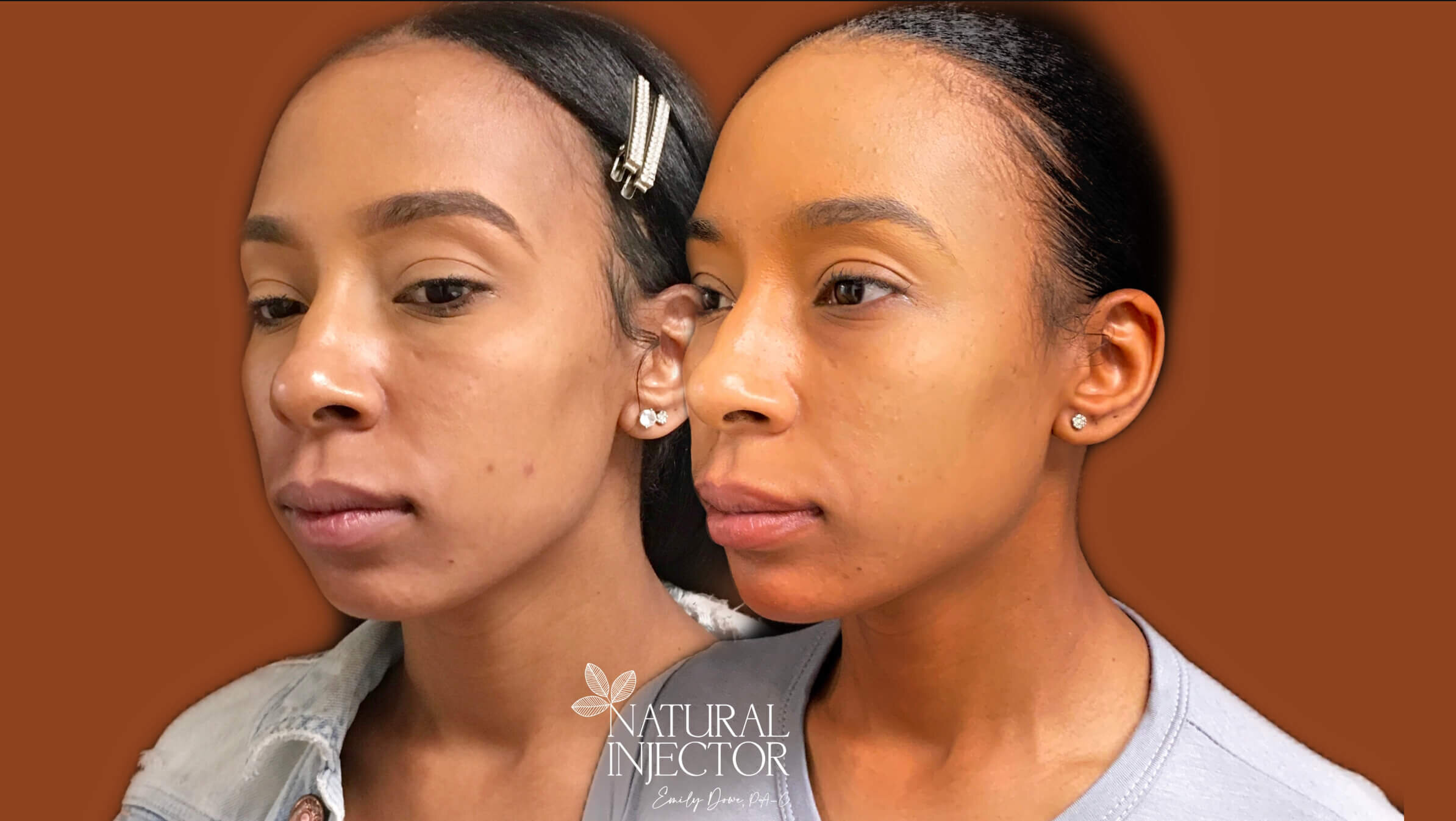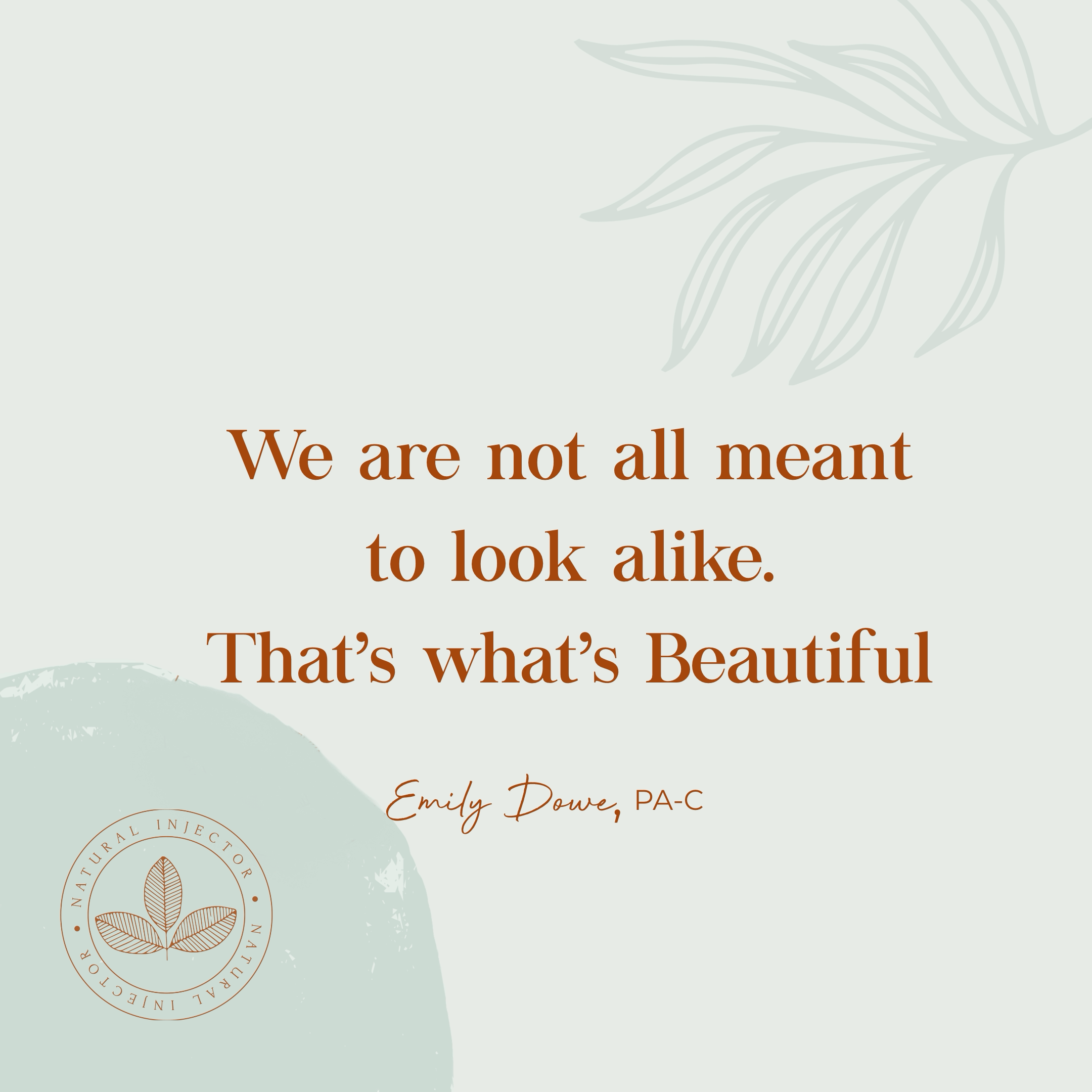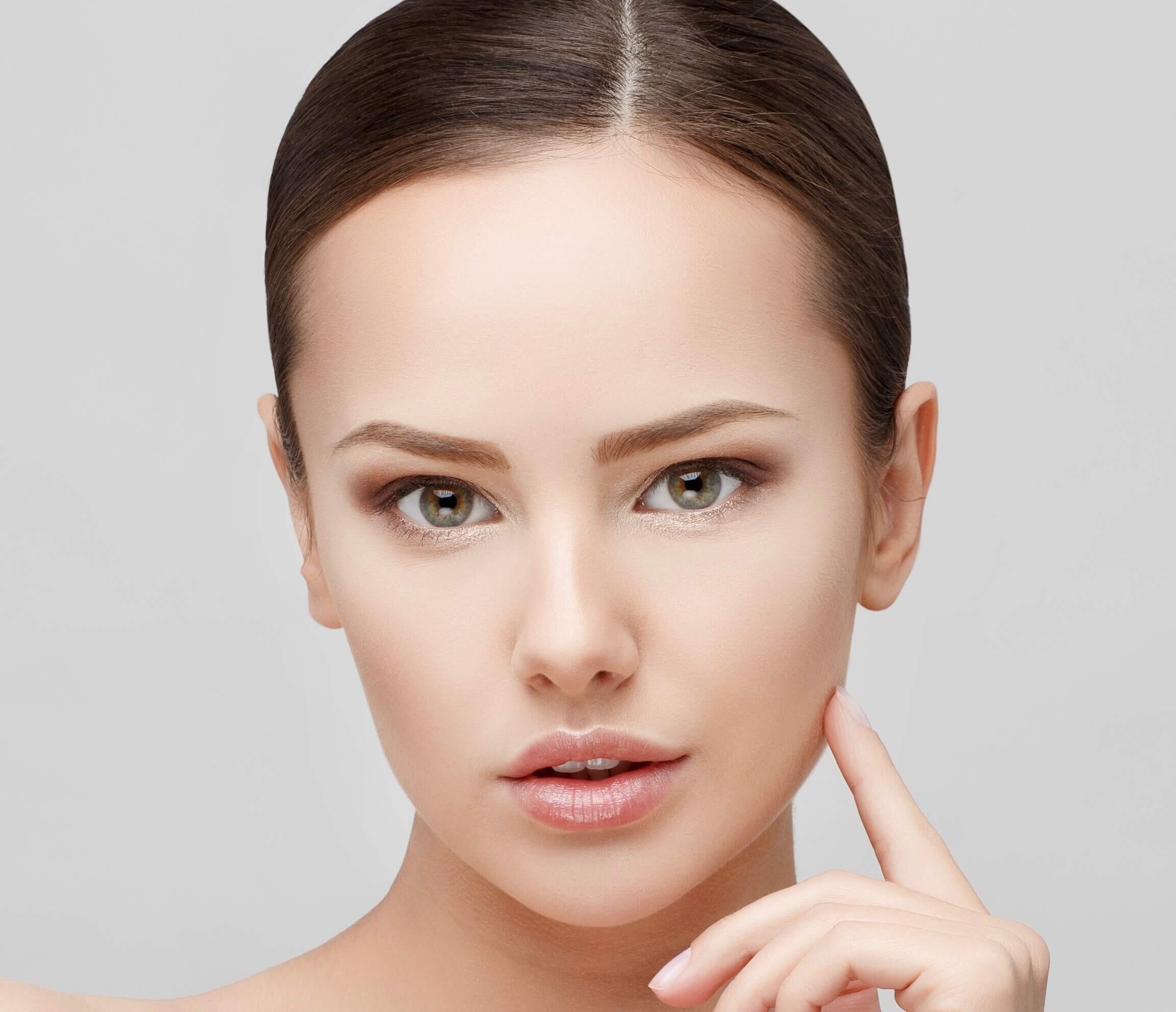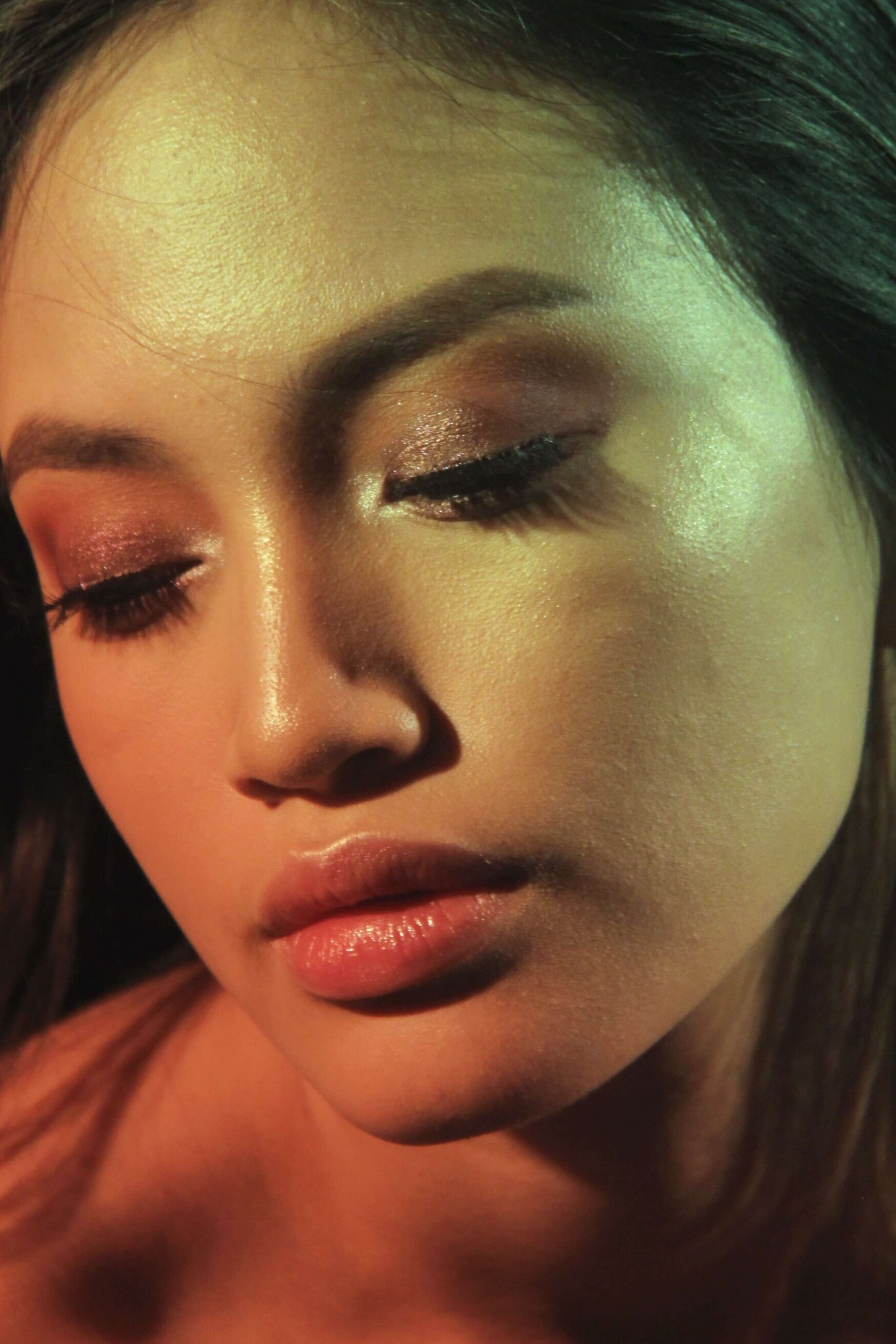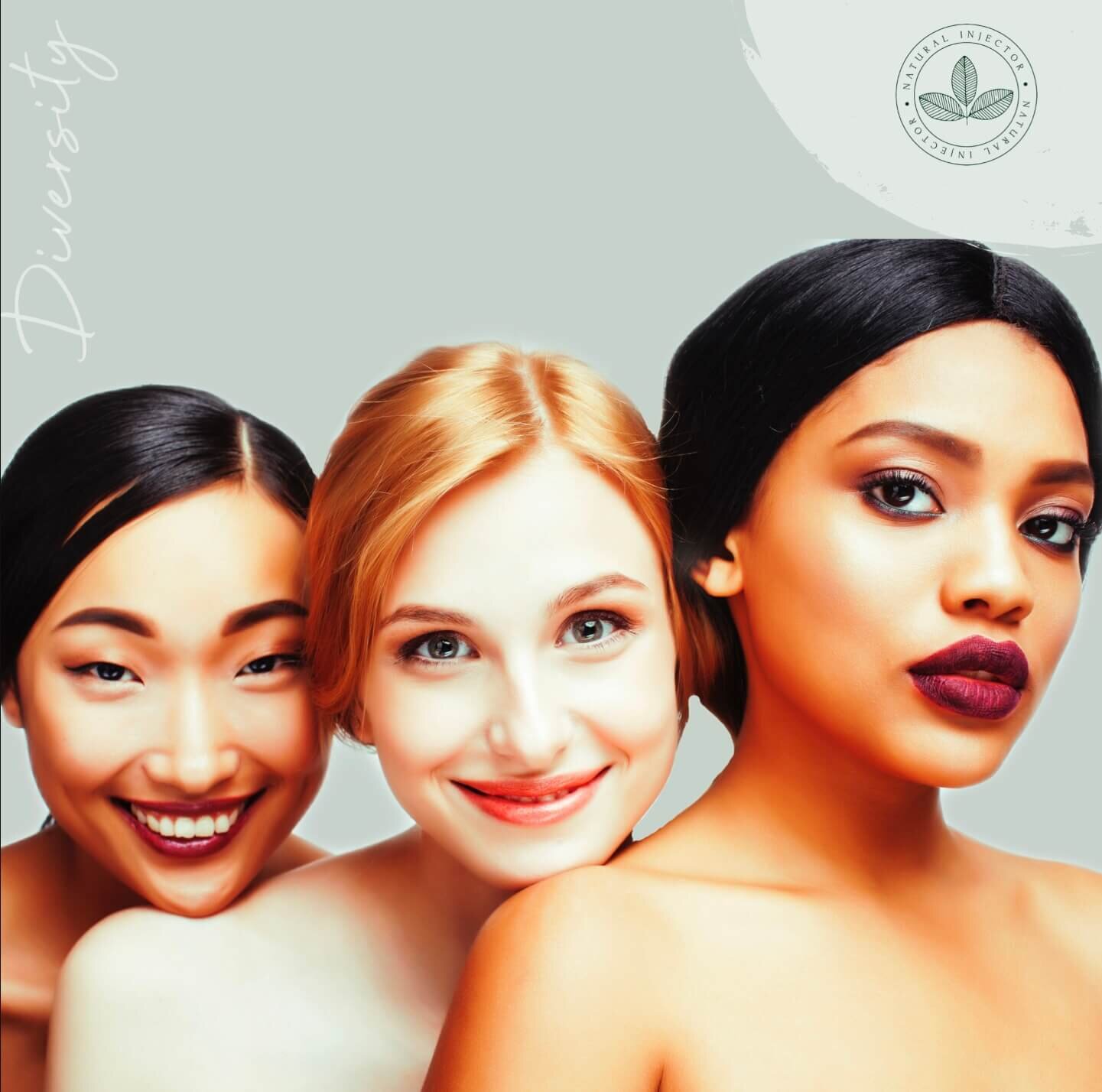Why Diversity Matters: Customizing Treatment Based on your Ancestry & More
Diversity matters, and is most definitely taken into account when devising your customized treatment plan. We are all unique in many aspects such as facial structure, skin density, facial shape and size, therefore your treatment should be individualized and tailored accordingly.
What’s ancestry and genetics got to do with it?
As humans migrated to different parts of the world and lived in isolation from each other, their facial features, skin color, and physique changed.
Exploring human genetic diversity is important because society is heading towards personalizing medicine.
We have known for years that people of certain ancestry were more susceptible to specific diseases and that certain medications work better in treating certain races.
Personalizing medicine is rapidly growing as we discover more about the human genome. I'm not only talking about the direct-to-consumer companies like Ancestry DNA and 23 & Me. Today it goes way beyond that. There are genetic tests for things like nutrition, which provide insight into the ways your DNA responds to food.
How does ancestry and diversity play a role in my cosmetic treatment?
Genetic ancestry determine much of your make up, such as your facial features, skin color, skin tissue density, susceptibility to things like sun spots, melasma, wrinkling, etc.
Did you know that around 60% of factors that affect skin aging are determined by your genes.
Now there are companies that offer skin DNA testing. They test for things like: skin moisture, elasticity, pigmentation, and wrinkles.
One of the things I ask people to do during their cosmetic consult is to bring a photograph of themselves when they were younger. This is so we can try and determine what aging category they will fall into. It may even be beneficial to look at pictures of your biological parents. From there we can develop a customized treatment plan to prevent or target facial aging.
Personalizing treatment examples
When it comes to enhancing beauty, personalization is powerful. Below are three examples of how I personalize treatments.
The patient below is of Scandinavian descent. She was extremely nervous about having her lip filler done, as she wanted to ensure that she was going to look completely natural after her lip enhancement.
Northern European and Scandinavian facial features are more widely known for being delicate and fine, such as a small nose, small mouth and lips. Enhancing the lips can be very beautifying for people with delicate fine features. On the contrary, lips that are too full would not look natural, as it would go against the balance of delicate facial features. I treated this patient with a 1/2 a syringe of a very soft lip filler. She was very happy with her natural results. If you want to see the full video of her treatment click here). She has since gained the courage to do a thicker filler to her lips. Now she has even more volume and the results are still natural looking.
This young lady below wanted to get lip filler done, that is until I informed her that I thought she would benefit more from adding filler to her chin. She is of Sub-Saharan African descent.
People of Sub-Saharan African descent, in particular West, Central, and Southern Africans, more commonly have fuller stronger features. They also generally have more soft-tissue protrusion to the area around the mouth and lips. This means that from a profile point of view, the area around the mouth and lips protrude outward. By adding more volume with filler to her chin area it enhanced her beauty. She now has a more balanced look and improved profile harmonization.
Personalizing Botox treatments is just as important as filler. For instance, the most common amount of units used to treat the glabella region, or 11’s, is 20 units (see pic below).
Some people, especially people of East-Asian ancestry generally have smaller and less dense muscles to this area. This explains why they generally don’t develop deep lines in this area. Therefore, it would be wasteful and unnecessary to use the generalized 20 units of Botox to this area. A smaller dosage of 10-12 units may be adequate enough to relax this area to smooth out wrinkles, and avoid the frozen look.
In case you didn’t know, I love studying anthropology! It’s so fascinating, especially because I love faces. In fact, if I were a fashion brand I would love to be United Colors of Benetton. They have always represented diversity and inclusion of people of various ancestries.


